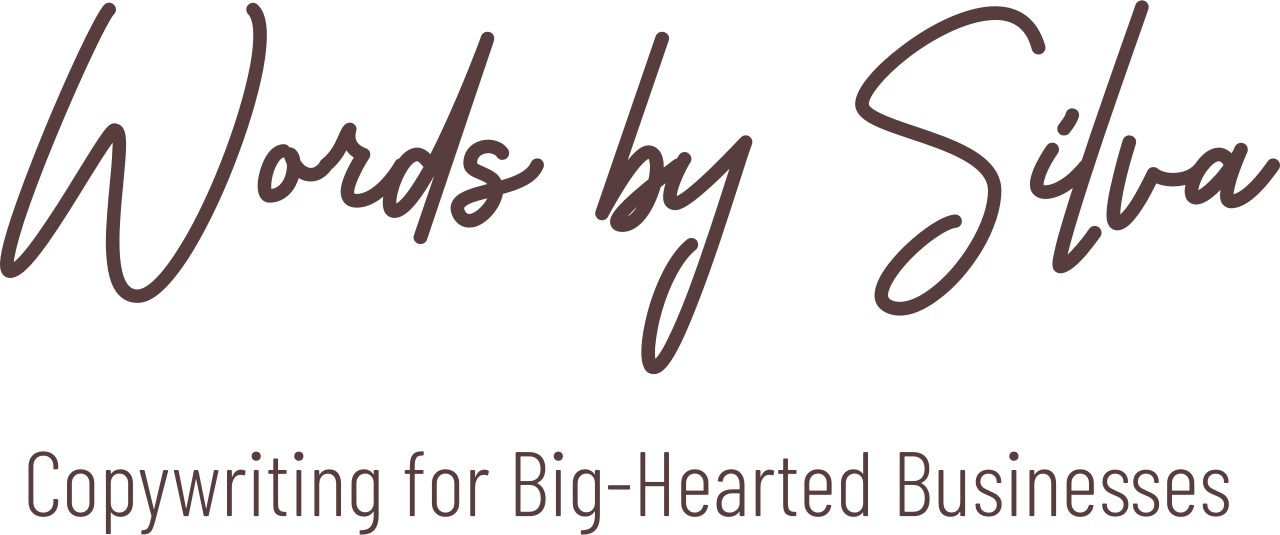I don’t know about you, but writing in simple language can be really challenging.
Sometimes I want to show off (look at all the big words I know).
Sometimes I want to sound professional and expert.
When I started out in my content and copy writing business, I modelled my writing style on all the technical writing expectations that my Master’s thesis supervisor kept drilling into me. Of course, there is nothing wrong with academic writing. However, unless you are writing for a professor, your audience want to read something simple and straightforward.
They don’t want to be left guessing, or worse – feeling confused.
Here is what I have learnt about literacy
It doesn’t matter if you are writing for B2B or B2C, cut the bulls…t out, and always keep it simple.
So, if you want more prospective customers or clients reading your words then have a look at these literacy stats:
- Did you know that the average literacy age of adults in the UK is that of nine-to-twelve year-olds?
- In the USA the average adult reads at the level of a twelve-to-fourteen year-old
- The Australian Government’s Style Manual advises that writing to a Year 7 level (12-13 years of age) makes content usable for most people.
The Organisation for Economic Co-operation and Development (OECD) defines literacy as “The ability to understand and respond appropriately to written texts.”
Written text is your content.
Back to your content
The OECD’s definition informs me that when you consider writing for your audience you want to get your thoughts and ideas out in a concise and simple manner. This way you will add more value for your current and prospective customers. In turn, this highlights the absolute non-negotiable necessity that you must know who you are writing for.
Always be clear and consistent.
Make it easy for your audience to know what information you are sharing. Importantly, make sure they know what you want them to do with that information. So, a call to action with good instructions removes any guess-work for them.
You will also sound far more credible and trustworthy when you speak directly to your audience. And you do this by using the word “you” often.
One more piece of advice to remember is that your reader comes first. Always.
Therefore, before your product or service is spruiked, you must first educate, inform or inspire your reader. Then lead them into the call to action.
Call to action
Now it’s my turn to reach out to you.
My deepest desire is for you and your message to be heard, understood and actioned.
Do you struggle to articulate your message clearly? I’m here to help all leaders and entrepreneurs get your thoughts, ideas and concepts out of your head, and into articles, white papers, e-books and case studies.
Get in touch today: https://wordsbysilva.com/contact/
To your success
Silva x
P.S. Have you ever read an instruction manual that left you more confused than when you started? Back in the day (BCE Internet) I used to fudge my way through setting up electronic devices because I just found most hardcopy manuals too complicated to look at.
Photo by Siora Photography on Unsplash


